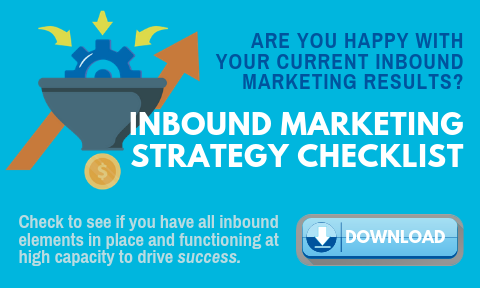 Advancements in technology have provided businesses the opportunity to dramatically improve the efficiency and productivity of their marketing and sales organizations. Marketing automation software helps marketing teams design and execute marketing campaigns that attract and nurture more qualified leads with fewer resources. CRM software helps salespeople manage their day-to-day sales activities; enables an efficient sales process that accelerates leads through the sales funnel; and gives management improved visibility into the pipeline and more accurate forecasting.
Advancements in technology have provided businesses the opportunity to dramatically improve the efficiency and productivity of their marketing and sales organizations. Marketing automation software helps marketing teams design and execute marketing campaigns that attract and nurture more qualified leads with fewer resources. CRM software helps salespeople manage their day-to-day sales activities; enables an efficient sales process that accelerates leads through the sales funnel; and gives management improved visibility into the pipeline and more accurate forecasting.
It has taken many organizations years to get to this point and begin to realize these benefits of marketing automation and CRM software. However, many are missing the last, and maybe most important, step in their journey to fully leverage this technology and realize even more benefits. The last step is integrating these two powerful tools. Integration means the tools talk to each other and share data. Below are five reasons taking this final step will be worth your time and effort.
1. Meaningful and Measurable ROI
The "holy grail” of marketers has always been to “close the loop” and be able to accurately report the ROI of their investments. More than ever, CFOs are holding marketing accountable for how their budgets are spent. With integration that loop is finally closed. The revenue earned from each closed deal can be tracked back from the bottom of the funnel to the top and even be attributed to the campaign and offer that originally generated the lead.
2. No More Guessing
Marketers no longer need to base their future marketing budgets, strategies and tactics on the anecdotal feedback they get from sales. Instead, they can know for certain which ones are working and which ones aren’t, based on real data from the CRM tool.
3. Set Sales Up For Success
For years, marketers have thrown a name, phone number, and email address over the wall to sales and then waited for deals to close. But a qualified lead is so much more than just this basic information. Integrating CRM with your marketing automation software will give your sales team much deeper insight. They’ll able to see the entire timeline of a prospect’s interest and engagement. When did they first visit the website? What pages did they view? What content did they download? Which events did they attend? All of this information will add context and actionable intel that will improve their odds of engaging the prospect and expediting the next best step in the sales process.
4. Monitor, Analyze, and React
Marketing’s job isn’t just to generate leads. Ultimately, it’s to generate revenue (with the help of the sales team of course). Integration will help marketing monitor leads as they progress through the sales funnel and see when and where they get stuck. This will help marketing be proactive and create and/or recommend resources, content, events, tools, etc., that sales can leverage to jumpstart action and accelerate a prospect’s movement toward closing.
5. “Singing from the Same Song Sheet”; “Pulling in the Same Direction” and Other Collaboration Metaphors
Integrating your marketing automation software with your CRM software will knock down one of the last walls that separates the sales and marketing organizations. For too long, sales and marketing have been operating in their own silos with little communication, coordination, or collaboration. True sales and marketing alignment cannot happen without transparency. Integrating marketing automation and CRM software means shared data. Shared data means no more hiding and no more excuses. Everyone will have shared visibility into both marketing and sales success metrics - deal stage conversion metrics, deals closed/lost reports, revenue forecasts, lead conversion metrics, campaign performance, etc. This will encourage open communication, shared goals, and less finger-pointing.
Integrating marketing automation software and CRM tools used to mean wading into the confusing, and often expensive, world of the I.T. department. But more and more, the developers of these products are building in APIs that allow their software to connect, and essentially seamlessly, communicate with other programs and tools. Companies like HubSpot have gone one step further and have developed marketing automation software and a CRM that are built with the same user interface design.
.png)








Leave a Comment